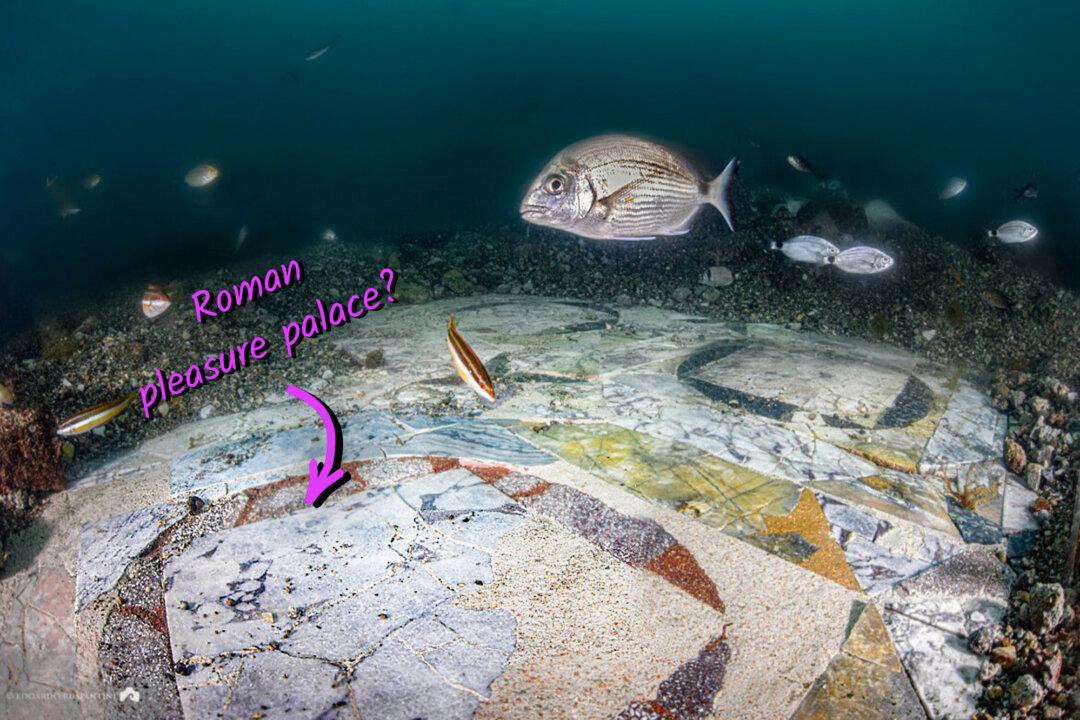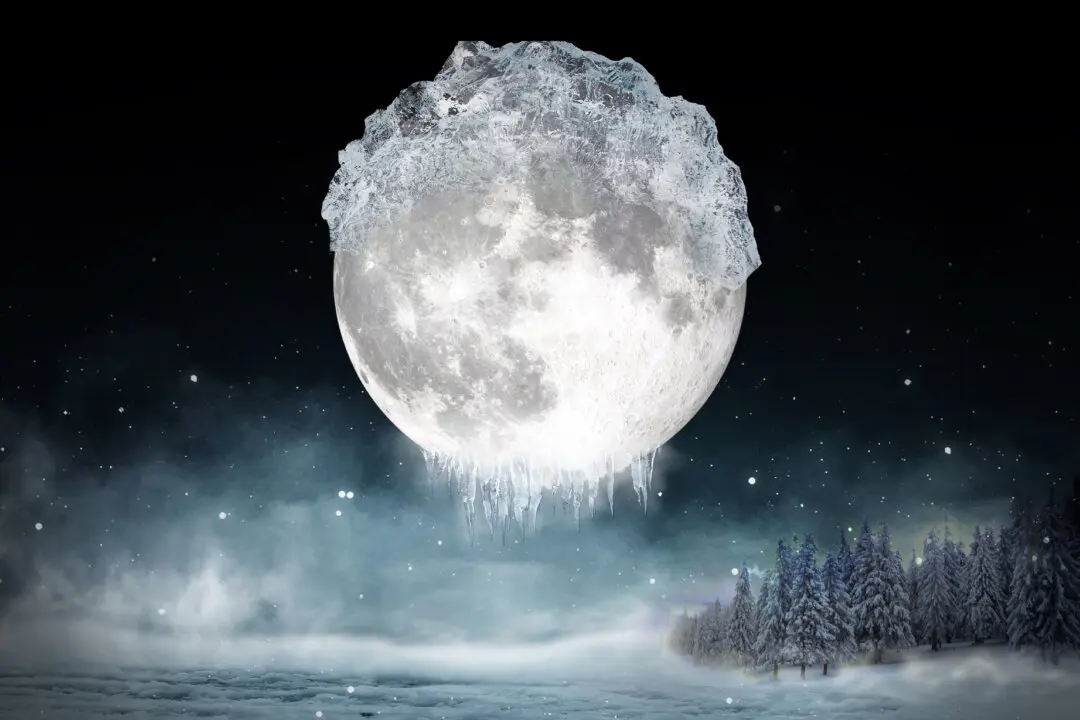Did they know? Did the Romans living in luxury—drinking and dining to excess on marble floors in their extravagant villas in Baiae—know their precious homes would be submerged beneath the Gulf of Pozzuoli because of a volcano? Probably not.
Today, we know this because one of the flashy marble floors from Roman times has emerged from rubble on the seafloor in what is now a large site of submerged ruins called the Underwater Archeological Park of Baiae, off the coast of southern Italy. Here, beautifully preserved mosaics and other ancient remains have been found.






